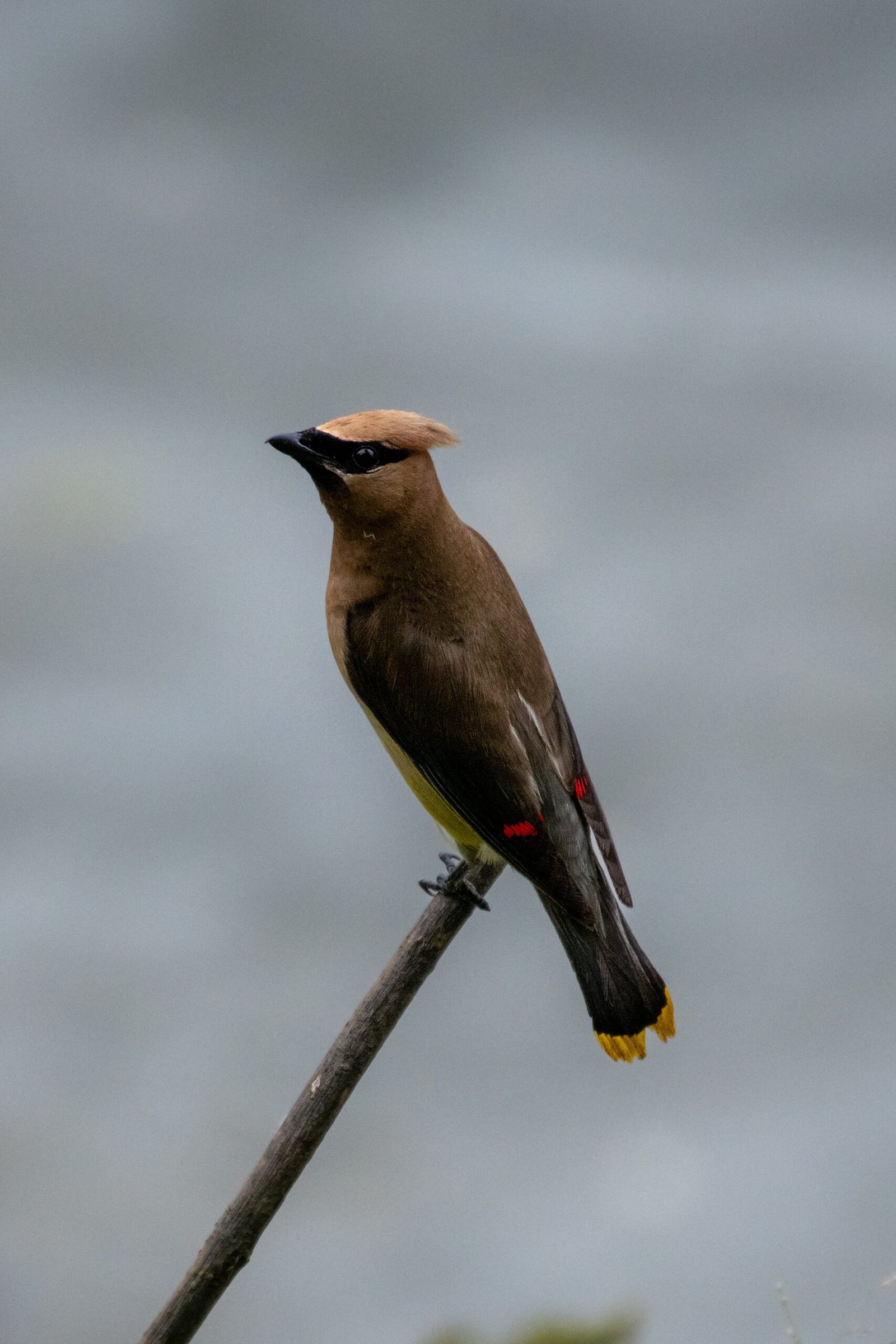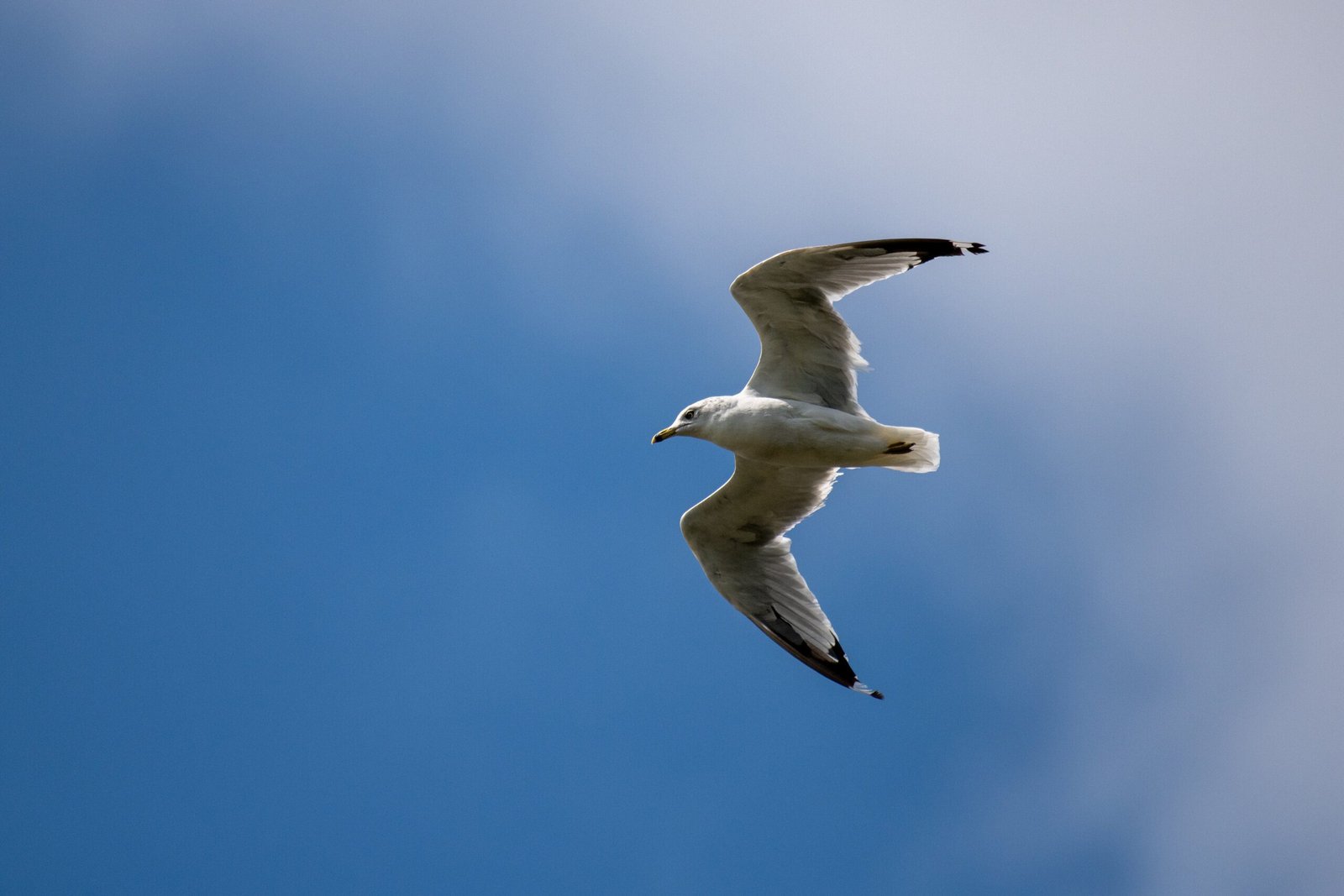Table of Contents
Imagine a world where the largest rodent can weigh up to 150 pounds, is as gentle as can be, and loves to take a dip in the water. Now, imagine encountering various other captivating animals that share unique characteristics with this extraordinary creature. From the playful antics of the mischievous red panda to the remarkable camouflage skills of the leafy seadragon, this article explores the extraordinary world of capybara and its equally fascinating animal counterparts. Prepare to be enthralled by the wonders of the animal kingdom as we uncover the astonishing similarities and differences between capybara and other captivating creatures.

Capybara: The Fascinating Giant Rodent
If you’re looking for an animal that combines cuteness and curiosity, look no further than the capybara. These giant rodents are truly fascinating creatures, with a unique set of physical characteristics, an interesting behavior and social structure, and an intriguing diet and feeding habit. In this article, we’ll delve into the world of the capybara and explore its habitat, reproduction, and life cycle. So, get ready to embark on a journey of discovery with these adorable and captivating creatures!
Physical Characteristics of Capybara
The capybara is the largest living rodent in the world, weighing between 77 and 146 pounds and measuring approximately four feet in length. They have a stocky yet streamlined body, with short legs and a broad head. Their fur is coarse and usually varies in color, ranging from reddish-brown to grayish-brown. One of the most striking features of the capybara is its webbed feet, which enable it to be an excellent swimmer.
Underneath their fur, capybaras have a layer of oily skin that helps them stay waterproof. This adaptation is crucial for their semi-aquatic lifestyle, as they spend a significant amount of time in the water. With eyes positioned high on their head, capybaras can keep a lookout for potential predators while still immersed in the water, a key survival strategy for these gentle giants.

Habitat and Distribution
Capybaras are native to South America and are primarily found in the wetlands and grassy areas surrounding rivers, lakes, and ponds. They have a broad geographic range, inhabiting countries including Brazil, Argentina, Venezuela, and Peru. These adaptable rodents are incredibly versatile when it comes to their habitat, as they can thrive in both tropical rainforests and savannas.
Apart from their natural habitats, capybaras have also been introduced to various regions around the world due to their popularity as exotic pets. In some cases, these introductions have led to feral populations, which can have both positive and negative impacts on local ecosystems. Nevertheless, the capybara’s ability to adapt to different environments is a testament to its incredible resilience.
Behavior and Social Structure
Capybaras are highly social animals and are rarely found alone. They live in groups known as herds, which can consist of up to 30 individuals. These herds have a clear hierarchical structure, with a dominant male leading the group. They communicate through a range of vocalizations, including barks, whistles, and purrs, which help them coordinate their activities and warn others of potential threats.
One of the most intriguing aspects of capybara behavior is their symbiotic relationship with other species, particularly birds. This unique partnership, known as mutualism, involves certain bird species perching on the capybara’s back, feasting on parasites and insects found in the rodent’s fur. This mutually beneficial arrangement not only helps keep the capybara clean but also assists the birds in finding a reliable source of food.

Diet and Feeding Habits
Capybaras are herbivores and have a diet primarily consisting of aquatic plants, grasses, fruits, and bark. Their teeth, specially adapted for their herbivorous diet, continually grow throughout their life to keep up with the constant wear caused by munching on tough vegetation. With their efficient digestive system, capybaras are able to extract maximum nutrients from the plant material they consume, enabling them to thrive in their diverse habitats.
When it comes to feeding, capybaras are highly selective. They carefully choose the plants they eat, favoring those with higher nutritional value. Their ability to efficiently extract nutrients from these plants supports their large size and contributes to their overall health. With their strong jaw muscles and sharp incisors, capybaras can effortlessly graze on grass or browse on leaves, showcasing their adaptability and specialized feeding techniques.
Reproduction and Life Cycle
The life cycle of a capybara begins with courtship rituals, usually characterized by vocalizations and scent marking. After successful mating, the female capybara gestates for approximately 150 days before giving birth to a litter of usually four to six pups. Interestingly, upon birth, capybara pups are already fully furred and capable of moving on their own, emphasizing their precocial nature.
Capybara mothers are highly attentive and protective of their offspring, ensuring their safety from potential predators. The young capybaras nurse from their mother until they are around three months old, but they begin to nibble on vegetation shortly after birth. As they grow, the young capybaras become more independent, eventually leaving the group to find their place within a new herd. This cycle of birth, growth, and independence is a testament to the capybara’s remarkable ability to adapt and thrive in its environment.
Other Fascinating Animals Similar to Capybara
While the capybara is undoubtedly captivating, there are several other fascinating animals that share some similarities with this giant rodent. From the rainforests of South America to the grasslands of Africa, here are some remarkable creatures that deserve our attention:
Nutria: The Coypu Rodent
The nutria, also known as the coypu, is a semi-aquatic rodent that closely resembles the capybara in appearance. With its webbed hind feet and muscular build, the nutria is a proficient swimmer and dwells in wetland habitats across North and South America. Although its native range is limited, the nutria has become an invasive species in certain parts of the world, posing a threat to local ecosystems due to its destructive feeding habits and ability to reproduce rapidly.
Paca: The Rainforest Rodent
Found in the dense rainforests of Central and South America, the paca is another intriguing rodent similar to the capybara. Unlike the capybara, pacas are much smaller, weighing up to 25 pounds and measuring around two feet in length. These nocturnal animals rely on their keen sense of smell and acute hearing to navigate through the forest understory, feeding on a variety of fruits, seeds, leaves, and even small animals. Their unique coloration, featuring dark spots on a light brown coat, provides excellent camouflage in the dappled light of the rainforest.
Agouti: The Forest Dweller
Living in the tropical rainforests of Central and South America, the agouti is a small to medium-sized rodent that shares a family connection with the capybara. Resembling a large guinea pig, agoutis have muscular hind legs, allowing them to be agile and swift on the forest floor. They play a vital role in the rainforest ecosystem as seed dispersers, as they bury and cache vast quantities of seeds, some of which inevitably germinate and grow into new plants. With their remarkable contribution to forest regeneration and their elusive nature, agoutis are a sight to behold for any nature enthusiast.
Guanaco: The Wild Relative
If you’re captivated by the capybara’s South American origins, you’ll surely be fascinated by the guanaco. Belonging to the camelid family, which also includes llamas and alpacas, guanacos are native to the Andean regions of South America. These graceful animals inhabit the high-altitude grasslands, or puna, and are famous for their thick, woolly coat that protects them from extreme temperatures. Unlike the capybara, guanacos are social animals but live in smaller groups, forming herds of around 10 individuals.
Maras: The Patagonian Hare
Found in Patagonia, the mara, or Patagonian hare, is a quirky and rabbit-like rodent that shares some physical characteristics with the capybara. With its long legs, large eyes, and slender body, the mara is perfectly adapted for life on the arid steppes of Argentina and Chile. These herbivorous animals are known for their unique way of avoiding predators – they rely on their exceptional agility and speed to make sudden, high leaps while zigzagging across the grasslands. A sighting of these charming creatures in action is a true testament to the marvels of nature’s adaptations.
Tapir: The Curious Looking Mammal
Although not a rodent, the tapir belongs to the same taxonomic order as the capybara and shares some similarities, making it a noteworthy creature to explore. Tapirs are large, herbivorous mammals with stout bodies, short legs, and a peculiar snout-like nose, known as a proboscis. These gentle giants inhabit the forests and grasslands of Central and South America, playing a crucial role in seed dispersal. Despite their size, tapirs are skilled swimmers and often take refuge in rivers and lakes to escape predators or cool down on hot days.
Nile Crocodile: The Ferocious Reptile
While the capybara and the Nile crocodile may seem worlds apart, this apex predator plays a significant role in the biodiversity of the capybara’s ecosystem. Found primarily in freshwater habitats across sub-Saharan Africa, the Nile crocodile is the largest reptile in Africa and one of the largest living crocodilian species in the world. With their powerful jaws and exceptional camouflage, these reptiles are effective hunters, preying on a variety of animals, including capybaras. Despite their ferocious reputation, Nile crocodiles are also important in maintaining the balance of ecosystems by scavenging and consuming carrion.
Axolotl: The Lizard-like Amphibian
The axolotl, also known as the Mexican walking fish, may not resemble the capybara in appearance, but it shares the capybara’s ability to captivate scientists and nature enthusiasts alike. Found exclusively in lakes and canals in Mexico, the axolotl is a unique amphibian that retains its juvenile characteristics throughout its life. Instead of undergoing metamorphosis like other amphibians, axolotls remain in an aquatic larval state, with external gills and the ability to regenerate lost body parts. These peculiar traits have made the axolotl a subject of scientific research to understand regeneration and potential medical applications.
Giant Anteater: The Tongue Specialist
The giant anteater, with its long snout, bushy tail, and distinctive black-and-white coat, is an intriguing animal that shares some similarities with the capybara. Native to Central and South America, these insectivorous mammals have an extraordinary adaptation: a tongue that can reach up to two feet in length. This specialized tool enables anteaters to lap up thousands of insects in a single feeding session, making them efficient and voracious eaters. With their unique appearance and peculiar feeding habits, giant anteaters are a testament to the diverse and fascinating world of wildlife.
Okapi: The Elusive Forest Giraffe
Known as the “forest giraffe,” the okapi is a remarkable creature that inhabits the dense rainforests of the Democratic Republic of Congo. Resembling a mix between a giraffe and a zebra, the okapi has a striking appearance, with its reddish-brown coat, black-and-white striped legs, and a long, prehensile tongue. This elusive animal, once thought to be a myth, is now a symbol of conservation efforts in the Congo Basin, where it faces threats from habitat destruction and illegal hunting. Observing an okapi in its natural habitat is a rare and cherished experience for those lucky enough to encounter this mysterious creature.
In conclusion, the capybara is undoubtedly a charming and unique animal, but it’s just one of many creatures that captivate us with their distinct characteristics and behaviors. From the rainforests of South America to the grasslands of Africa, these fascinating animals form part of a vast tapestry of biodiversity that reminds us of nature’s boundless wonders. So, keep exploring, keep appreciating, and keep learning about these incredible creatures that make our world so diverse and awe-inspiring.

